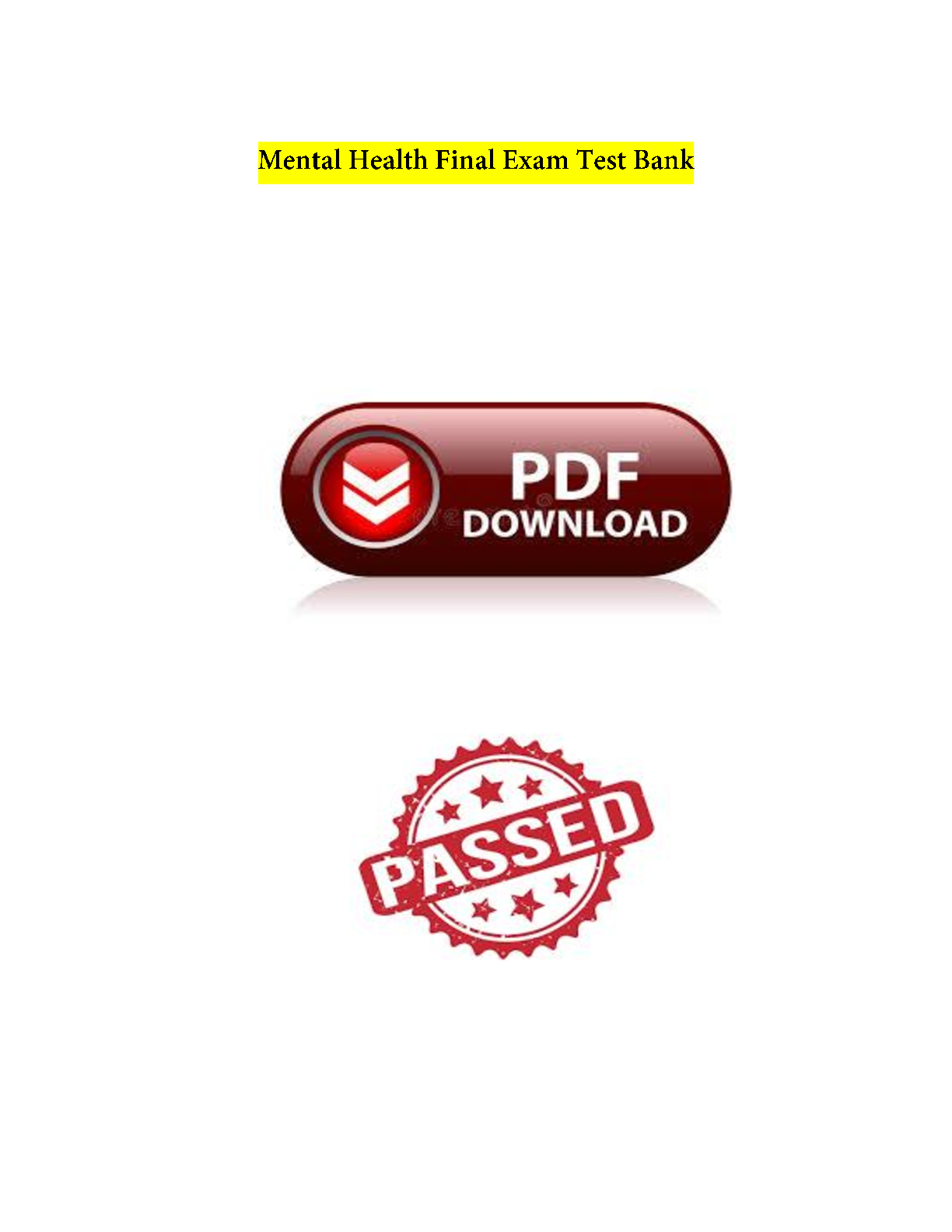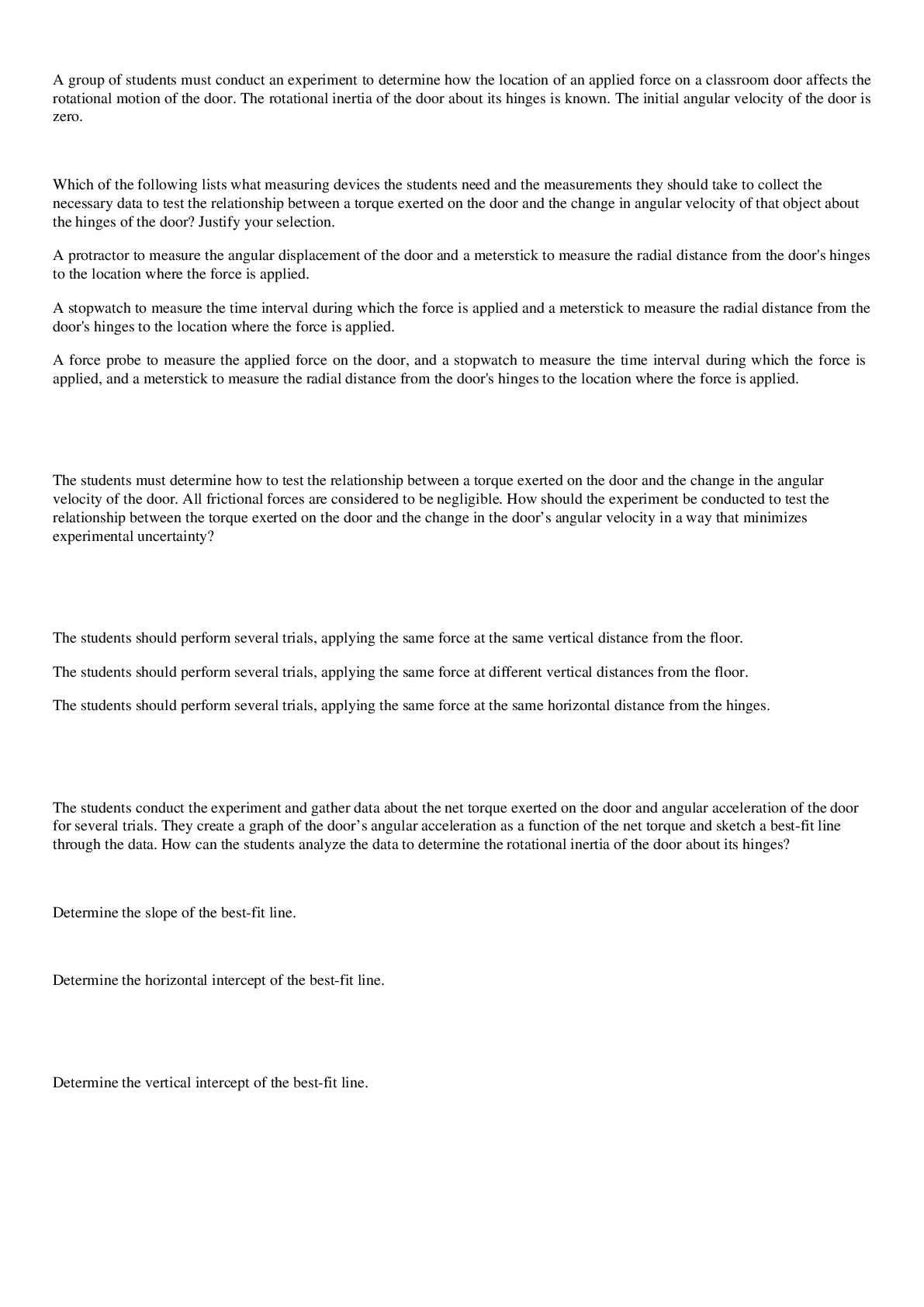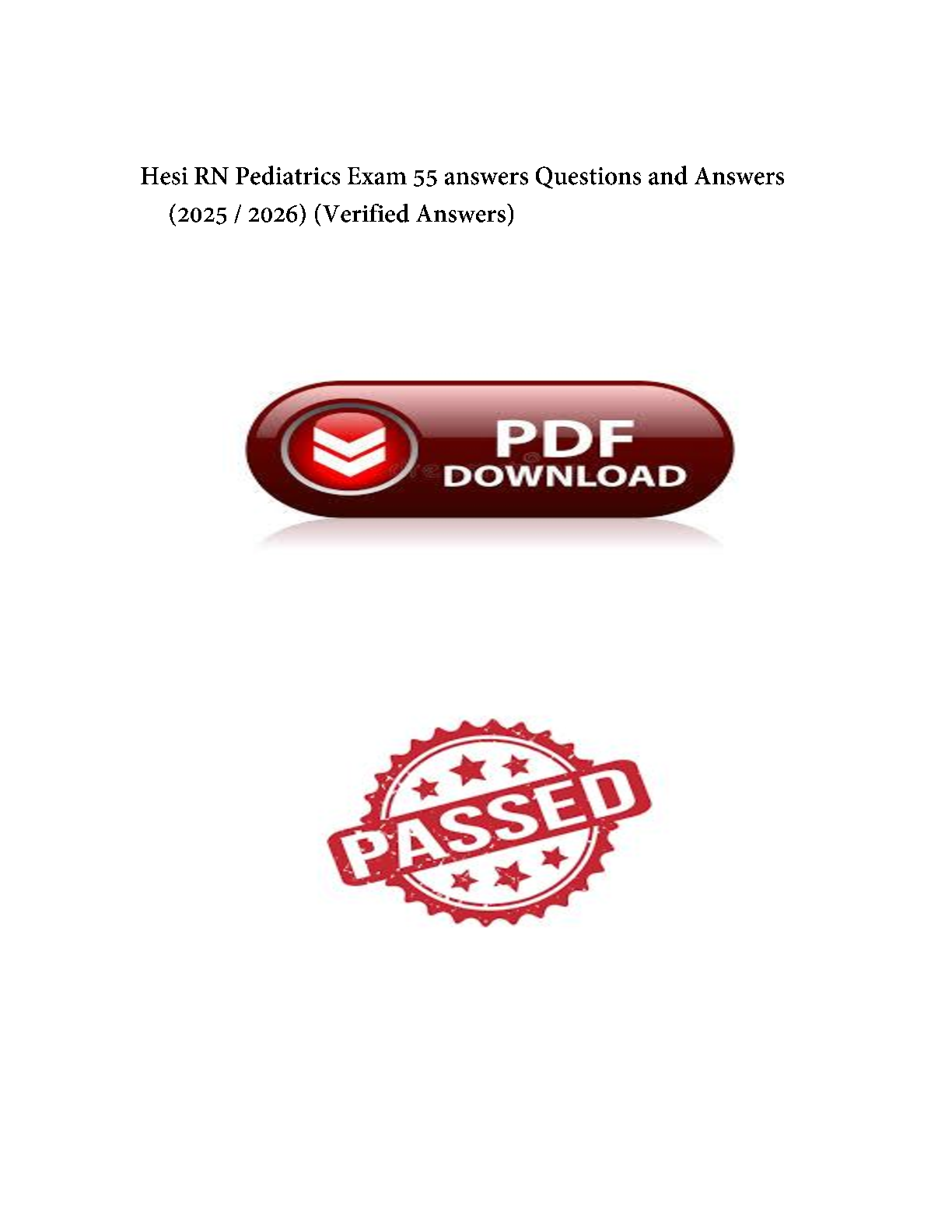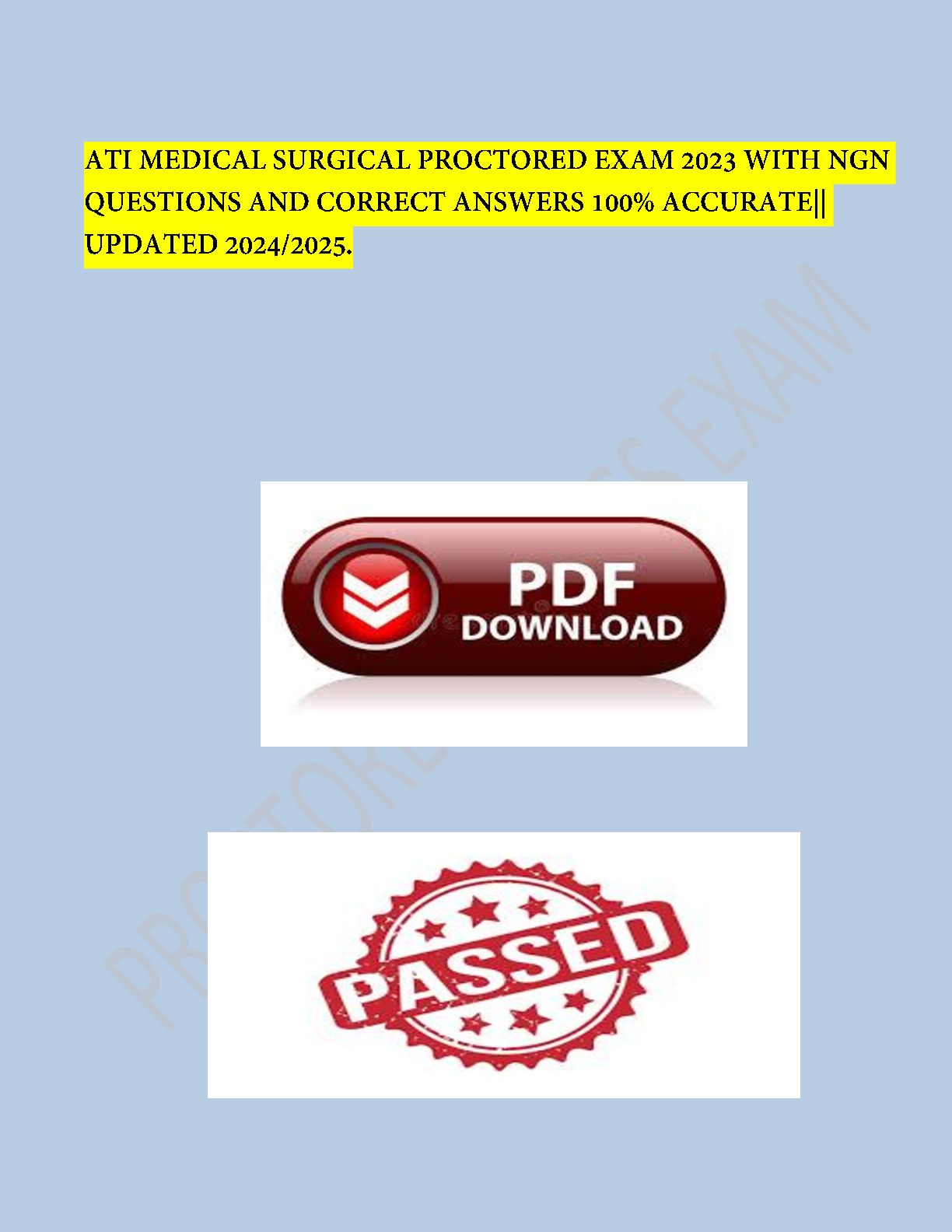NURSING 1053 Cardiac 2023 Exam
Document Content and Description Below
NURSING 1053 Cardiac Exam 1. An asymptomatic 63-year-old female has a low-density lipoprotein level of 135 mg/dL. Which test is beneficial to assess this patient’s coronary artery disease risk? a. C... oronary artery calcium score b. C-reactive protein c. Exercise echocardiography d. Myocardial perfusion imaging ANS: B The CRP is useful in asymptomatic women >60 years who have LDL <160 mg/dL to predict CAD risk. Although the CACS has shown some benefit in patients with moderate risk, the role for this diagnostic test is unclear. Exercise echocardiography and myocardial perfusion imaging are not performed initially.REF: Overview of Cardiac Diagnostic Testing 2. Which risk assessment for coronary artery disease is recommended for all female patients? a. Coronary artery calcium score b. Electrocardiogram c. Exercise stress test d. Framingham risk score ANS: D The Framingham risk score is a quick method for identifying potential risk for CAD and can guide providers in choosing subsequent tests based on risk level. The ECG is performed on women with risk factors. The exercise stress test is useful in symptomatic women who have a normal ECG. The CACS may be used if moderate risk is present.REF: Diagnostic Testing for Cardiovascular Disease in Women 3. A patient reports abdominal and back pain with anorexia and nausea. During an exam, the provider notes a pulsatile abdominal mass. What is the initial action? a. Immediate referral to a thoracic surgeon b. Ordering computerized tomography angiography c. Scheduling an MRI to evaluate for aortic disease d. Ultrasound of the mass to determine size ANS: D This patient has symptoms consistent with an aortic aneurysm. The initial step is to determine the size of the aneurysm; this can be done by US. Immediate referral is not necessary. MRI and CT diagnostic tests are ordered before surgery to evaluate the characteristics of the aneurysm.REF: Pathophysiology 4. A 70-year-old male patient has an aortic aneurysm measuring 5.0 cm. The patient has poorly-controlled hypertension, and decompensated heart failure. What is the recommendation for treatment for this patient? a. Endovascular stent grafting of the aneurysm b. Immediate open surgical repair of the aneurysm c. No intervention is necessary for this patient d. Serial ultrasonographic surveillance of the aneurysm ANS: D This patient’s aneurysm is less than 5.5 cm and repair is not necessary at this time. Serial US surveillance is necessary to continue to evaluate size. Repair is risky in patients with hypertension and heart failure, so avoiding procedures if possible is recommended.REF: Management 5. A patient reports sustained, irregular heart palpitations. What is the most likely cause of these symptoms? a. Anemia b. Atrial fibrillation c. Extrasystole d. Paroxysmal attacks A [Show More]
Last updated: 2 years ago
Preview 1 out of 8 pages

Buy this document to get the full access instantly
Instant Download Access after purchase
Buy NowInstant download
We Accept:

Reviews( 0 )
$8.00
Can't find what you want? Try our AI powered Search
Document information
Connected school, study & course
About the document
Uploaded On
Jan 22, 2023
Number of pages
8
Written in
Additional information
This document has been written for:
Uploaded
Jan 22, 2023
Downloads
0
Views
49














